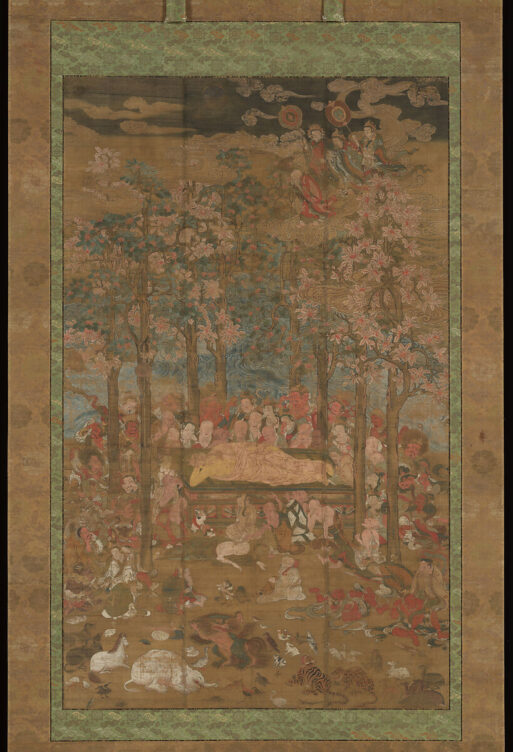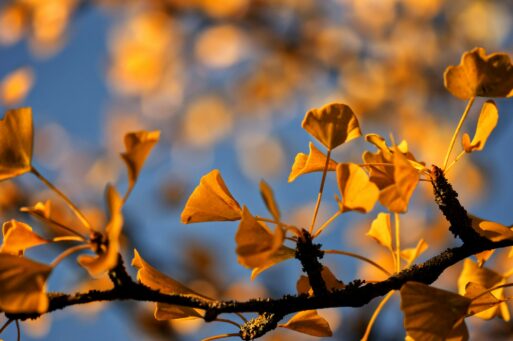
“Death of the Historical Buddha”
Credit: Metropolitan Museum of Art
“Anxiety and Hope in Japanese Art,” the exhibit currently on display at the Metropolitan Museum of Art in New York, offers a unique look at how Japanese art has intertwined grief and suffering with ideas about rebirth. Combining sacred objects from early Japan, medieval painted scrolls, modern woodblock prints, and garments, the exhibit covers a wide range of ways that Japanese artists have responded to Buddhist conceptions of death. The pain of pain and the suffering caused by grief is fully shown in images such as “Death of the Historical Buddha,” in which followers, priests and animals are all shown weeping after the death of the Buddha. Yet the initiated know that the death of the Buddha is not the end, but rather a release from suffering, and some of his wise followers mimic the peaceful expression on Buddha’s face.
Continue reading →



 “Torch” by Catherine Broadwall
“Torch” by Catherine Broadwall New Research Reveals Pathways to Restore Aging Muscles
New Research Reveals Pathways to Restore Aging Muscles
 Palliative Education for Nurses Is on the Rise
Palliative Education for Nurses Is on the Rise


 “Anxiety and Hope in Japanese Art,” on Display at the Met
“Anxiety and Hope in Japanese Art,” on Display at the Met



 Our Monthly Tip: Make an “In Case of Death” File to Ease Loved One’s Grief
Our Monthly Tip: Make an “In Case of Death” File to Ease Loved One’s Grief
















